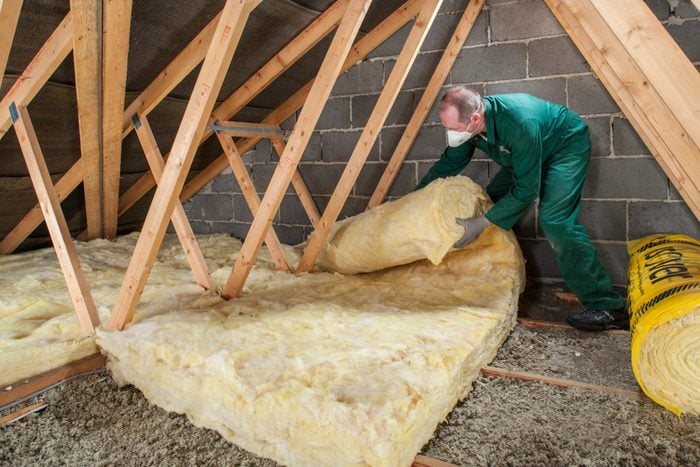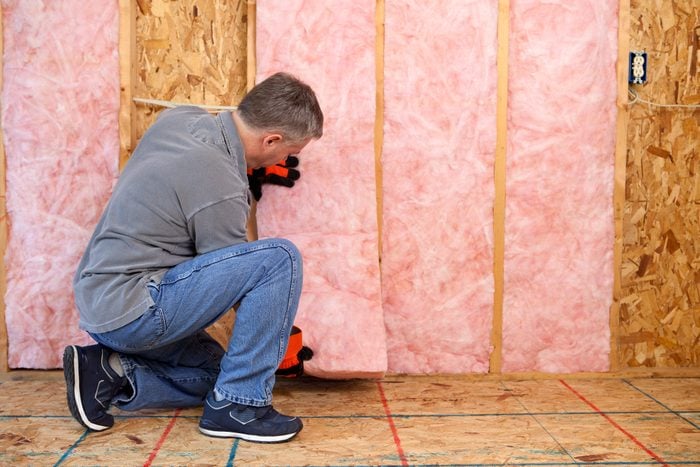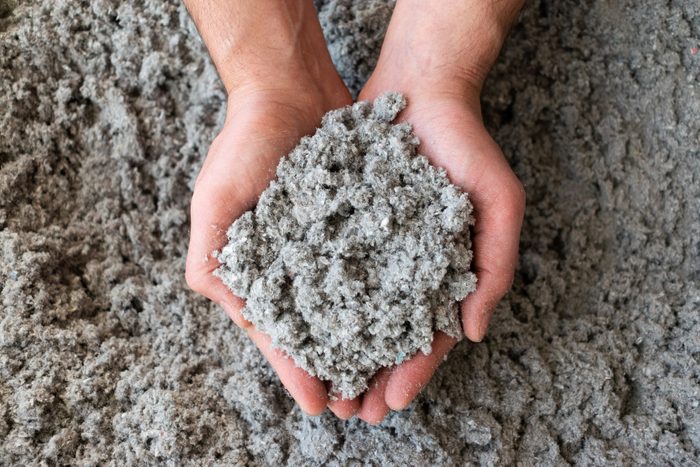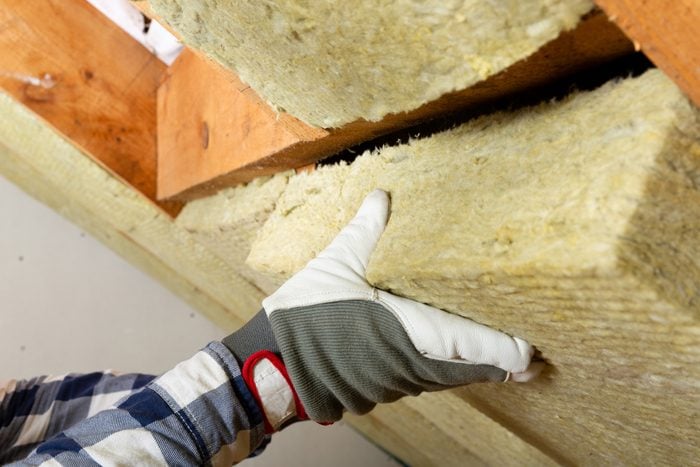 artursfoto/Getty Images
artursfoto/Getty Images
Also known by the brand name Rockwool, mineral wool insulation is manufactured by melting basalt rock together with slag — a byproduct of the copper and steel industry — and spinning the resulting material into fibers. The fibers are then woven into batts about the same size as fiberglass batts.
Mineral wool batts are thicker and denser than fiberglass ones. They’re also waterproof, crucially for attics with moisture problems. The batts won’t clump. And because they repel water, mold can’t grow on them. Their extra bulk also provides better soundproofing. Mineral wool batts are about 25 percent more expensive than fiberglass.
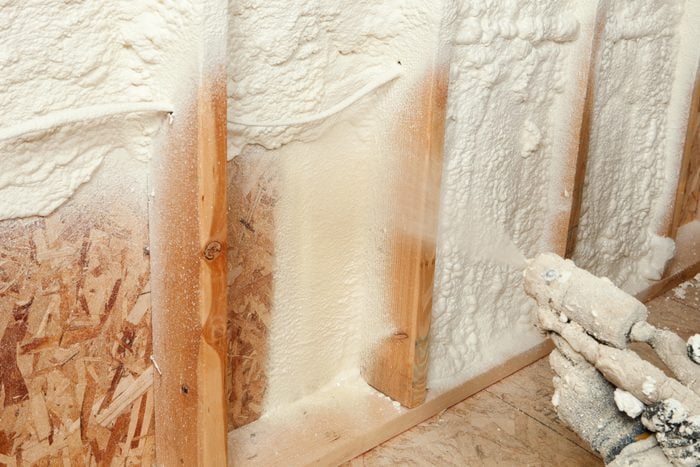 BanksPhotos/Getty Images
BanksPhotos/Getty Images
Many builders consider spray foam to be the gold standard for attic insulation. Inch-for-inch, it offers a higher R-value than other materials. It’s also moisture- and mold-resistant, and permanently seals cracks, gaps and other air passageways.
As you might expect, spray foam is also significantly more expensive than other insulation materials, and due in part because you almost always need professional installation.
Spray foam comes as a liquid, sprayed with a machine that resembles an airless paint sprayer. It expands and hardens on contact with air. Although the cured foam is chemically inert and non-toxic, toxic fumes are released during spraying. That, together with its incredible stickiness, is why it needs to be professionally installed.
Note: You can only install foam in an attic without any other type of insulation.
ⓘ




















